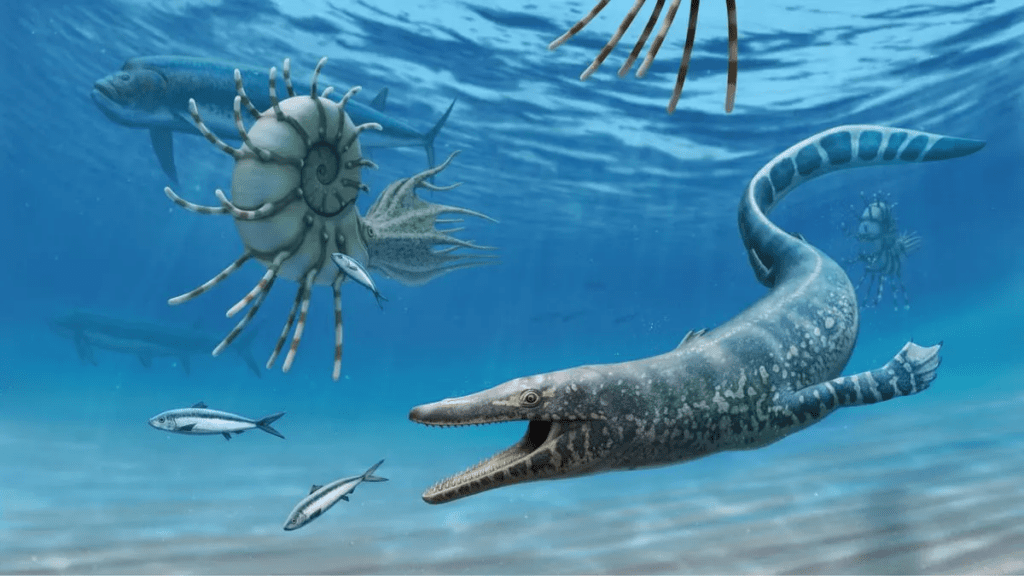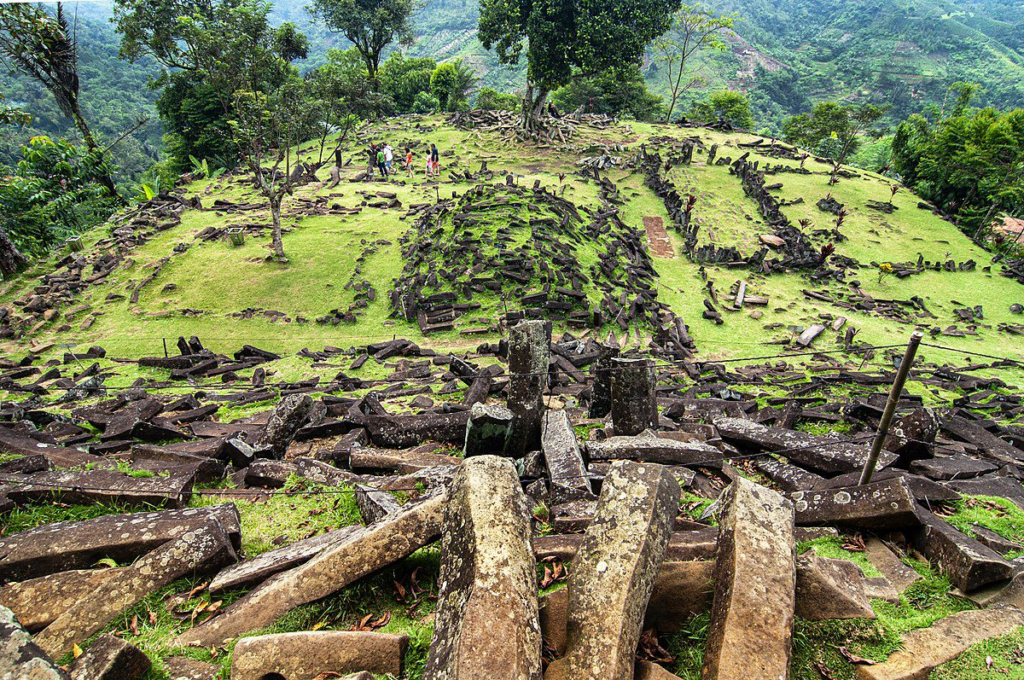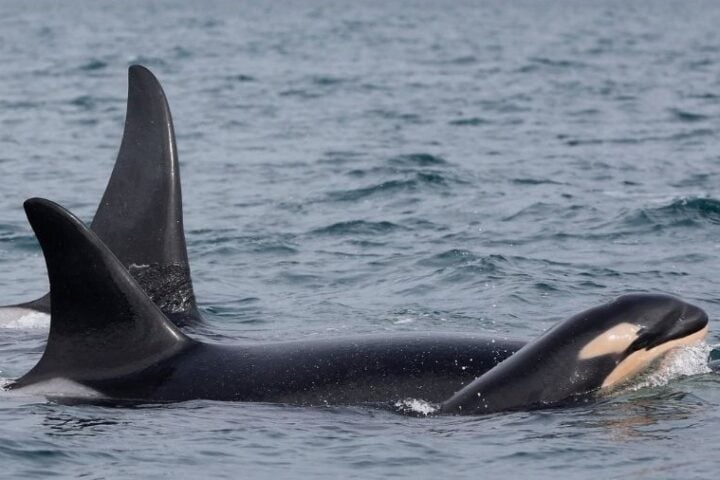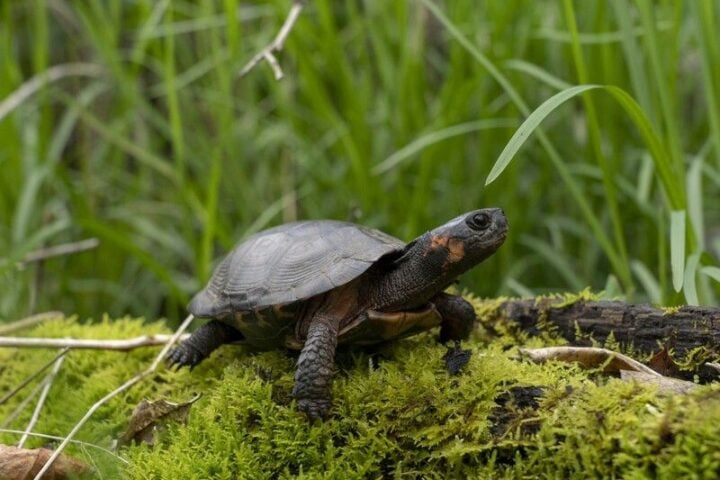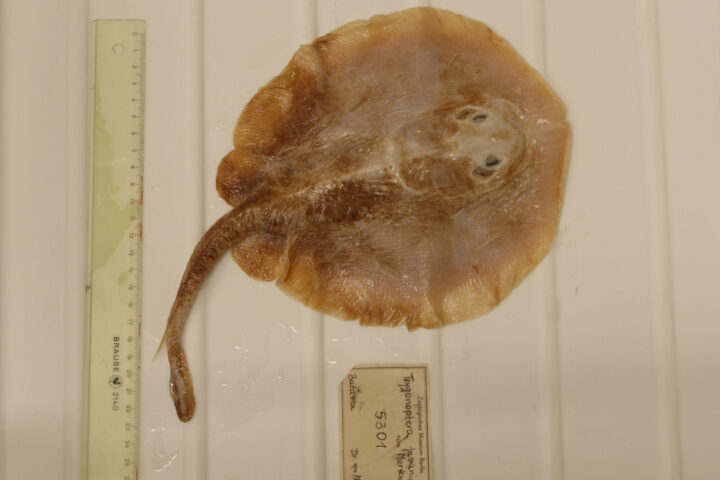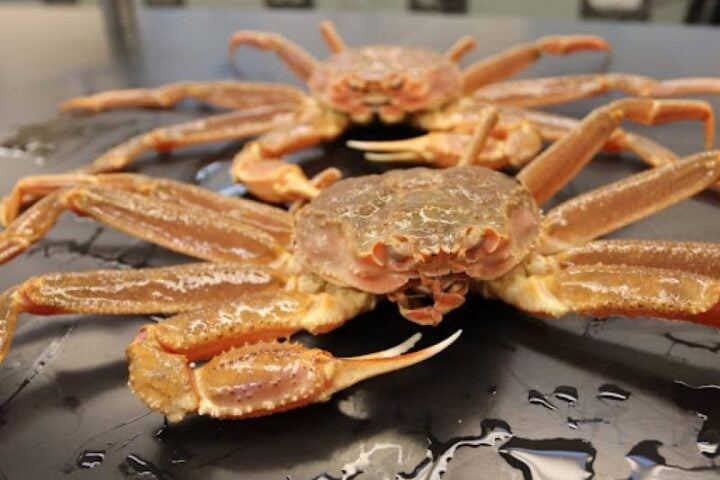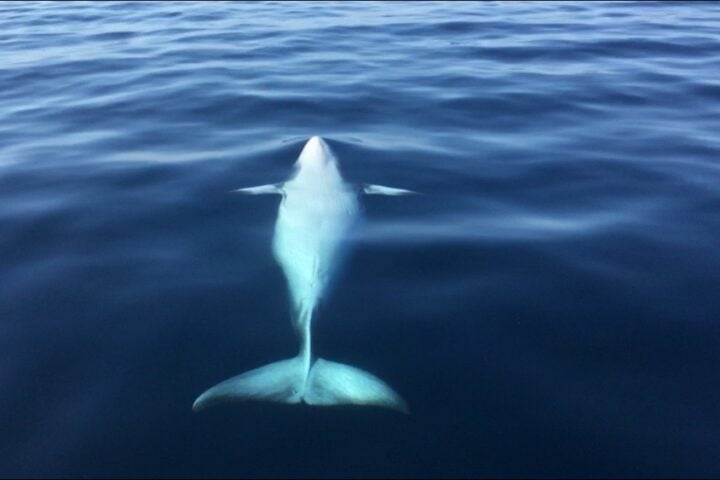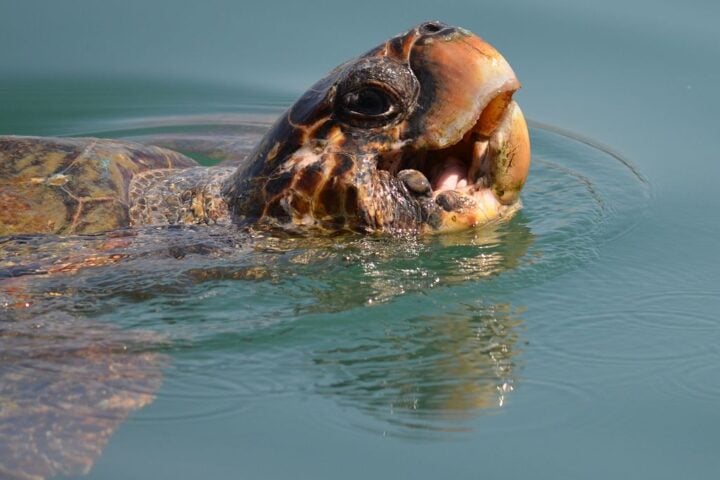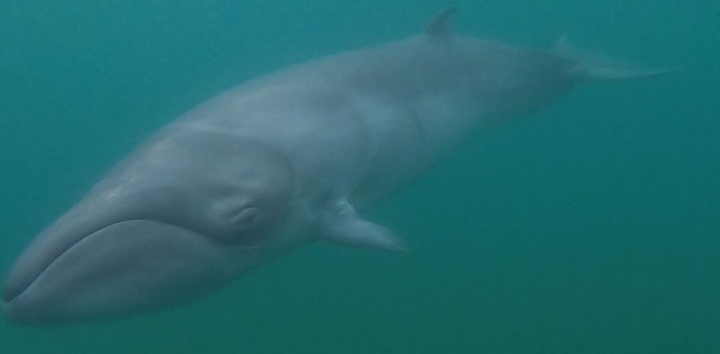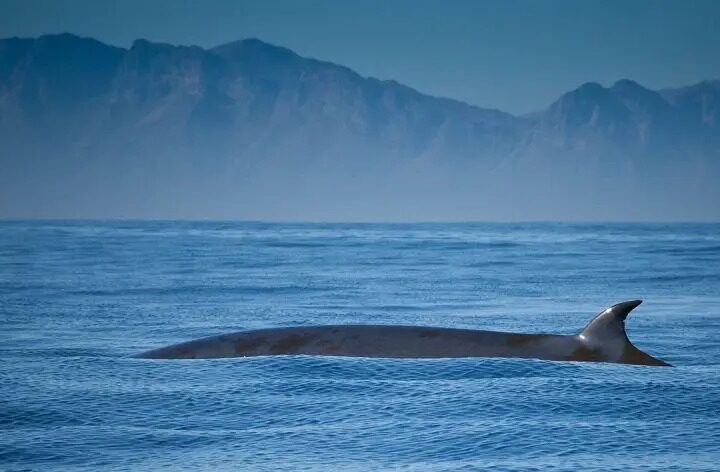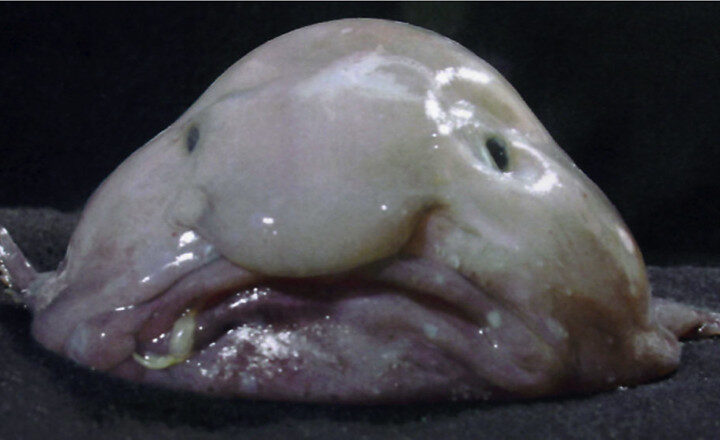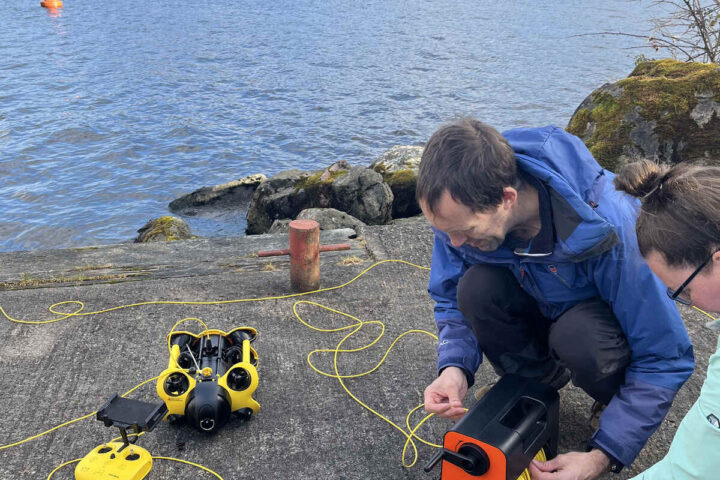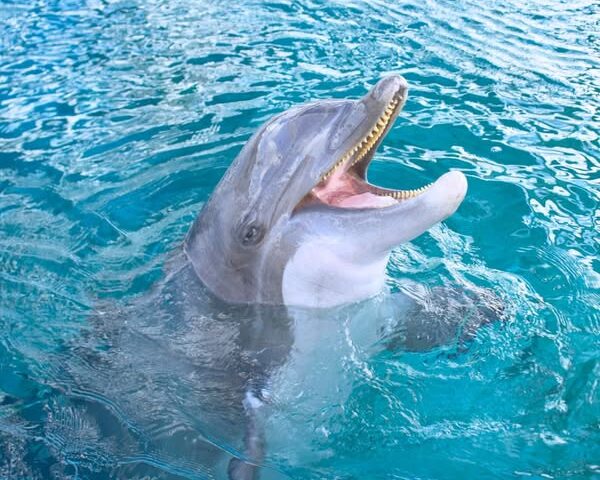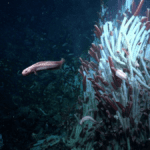In a groundbreaking exploration, a team of international scientists led by Dr. Beth Orcutt of the Bigelow Laboratory for Ocean Sciences and Dr. Jorge Cortes of the University of Costa Rica embarked on a 19-day expedition aboard the Schmidt Ocean Institute’s research vessel Falkor. Their mission was to delve into the mysterious world beneath the ocean’s surface off the coast of Costa Rica. Little did they know that their journey would lead them to the revelation of not one, but two deep-sea octopus nurseries, unveiling secrets of these elusive creatures that had long eluded scientific understanding.
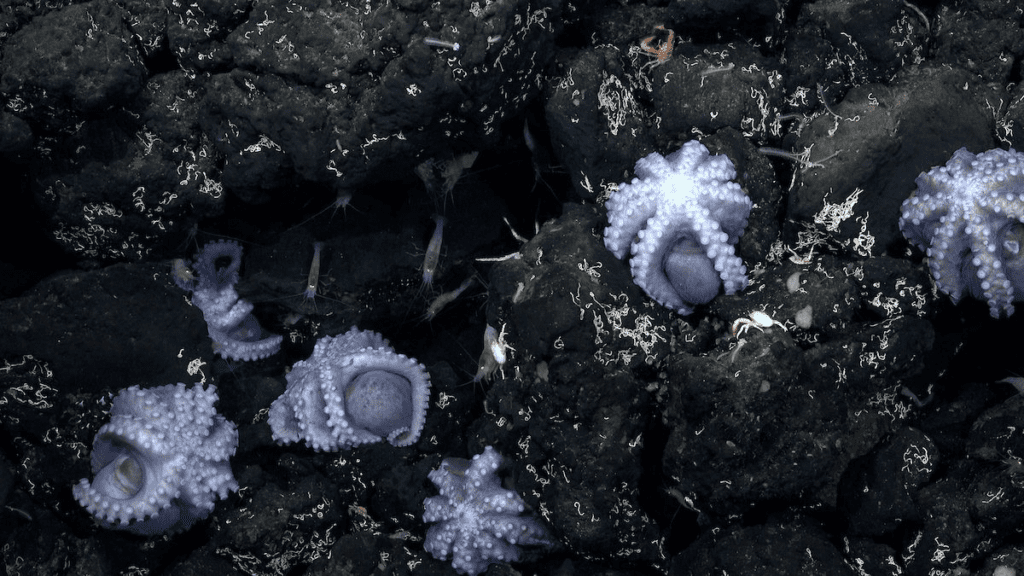
A Nursery Unveiled: Dorado Outcrop
The first nursery, known as the Dorado Outcrop, had been discovered in 2013. It left scientists astounded as they witnessed female octopuses gathering together to brood their eggs, a phenomenon never before observed. However, during the initial exploration, no developing embryos were seen, leaving researchers puzzled and questioning the viability of the site as a true nursery. But the recent expedition dispelled these doubts as they captured the incredible moment of octopus hatchlings emerging, confirming that the Dorado Outcrop is indeed an active nursery.
Unlocking the Secrets of Deep-Sea Nurseries
The second nursery, previously unknown, was found in the depths of Costa Rican waters. This remarkable discovery brings the total count of known octopus nurseries to three. The newfound nursery challenges the conventional wisdom surrounding these enigmatic creatures, defying the belief that octopuses are solitary beings. It is a testament to the vast mysteries that lie within the ocean and emphasizes the importance of continued exploration and study to expand our understanding of this mesmerizing ecosystem.
Muusoctopus: A Potential New Species
The octopuses found in these nurseries belong to the genus Muusoctopus. It is a group of small to medium-sized octopuses distinguished by the absence of an ink sac. The scientists involved in the expedition believe that they may have stumbled upon a new species of Muusoctopus. This potential discovery highlights the immense biodiversity that awaits discovery in the deep-sea realm and underscores the importance of ongoing research to identify and protect these unique marine species.
Unveiling Hidden Wonders
The expedition not only shed light on the secret lives of deep-sea octopuses but also uncovered five previously unknown seamounts in the northwestern corner of Costa Rica’s waters. These underwater mountains, formed by volcanic activity, served as habitats for countless species, many of which may be new to science. The exploration of these seamounts unveiled a vibrant tapestry of marine life, further emphasizing the need to preserve and conserve these delicate ecosystems.
Similar Post
The Ocean: A Boundless Frontier
Dr. Jyotika Virmani, Executive Director of the Schmidt Ocean Institute, expressed her excitement about the discoveries made during the expedition. She emphasized that the findings of the new octopus nursery and the exploration of uncharted seamounts highlight the vastness of the ocean and the immense scope for scientific exploration and discovery. The mysteries of the deep-sea realm continue to captivate and inspire scientists.
Unraveling Nature’s Masterpiece
The OctoOdyssey expedition showcased the stunning beauty and intricate web of life that exists in the deep-sea ecosystem. The awe-inspiring footage captured by the ROV SuBastian revealed not only the octopus nurseries but also a diverse array of marine life, including tripod fish, coral gardens, and other mysterious creatures. Each revelation adds another brushstroke to the masterpiece of nature, inviting us to delve deeper into the mysteries of our incredible ocean.
Continuing the Journey of Discovery
The OctoOdyssey expedition reminds us that there is still much to learn about the ocean and life dwelling in it. The dedication of scientists and the support of institutions like the Schmidt Ocean Institute enable us to unlock the secrets of the deep and expand our understanding of the world’s last great frontier. As we embark on future explorations, we have the opportunity to witness and study the wonders that await us beneath the sea, preserving and celebrating the rich biodiversity that makes our planet so extraordinary.

